
Peoples and Languages
Social Media
Leave comments, suggestions, keep an eye on news in our groups on VK, Odnoklassniki and Telegram channel


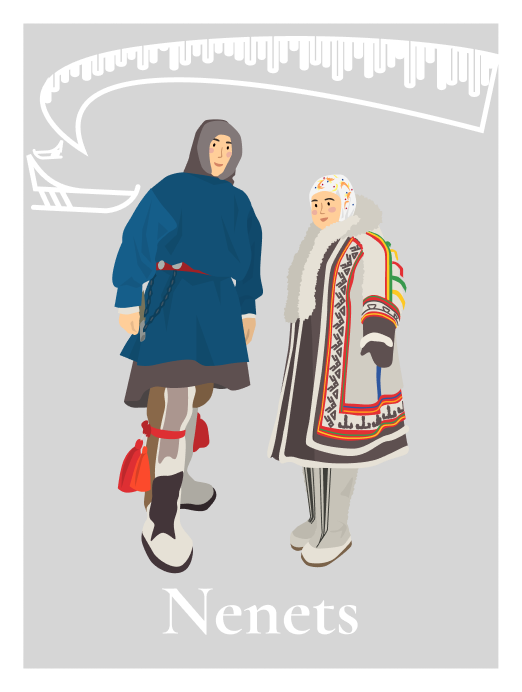
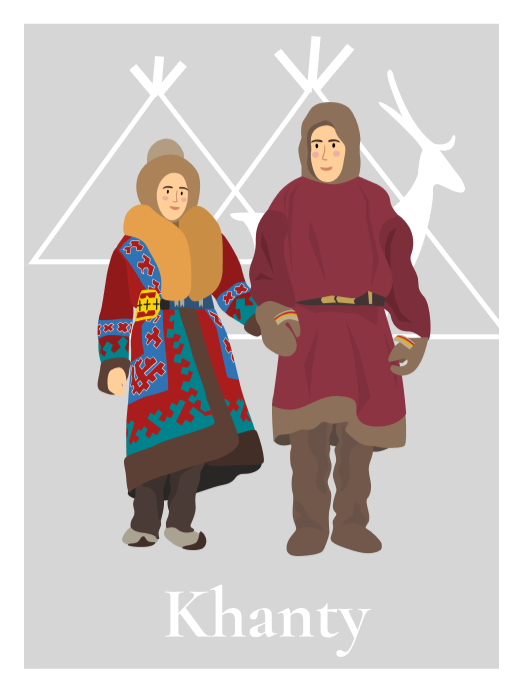


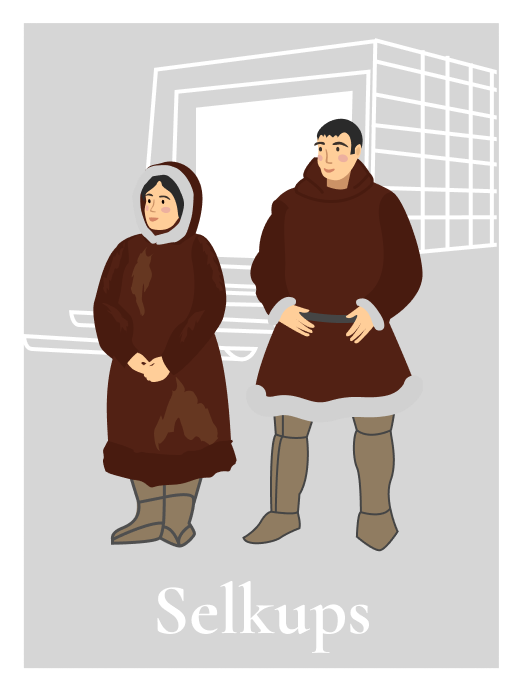
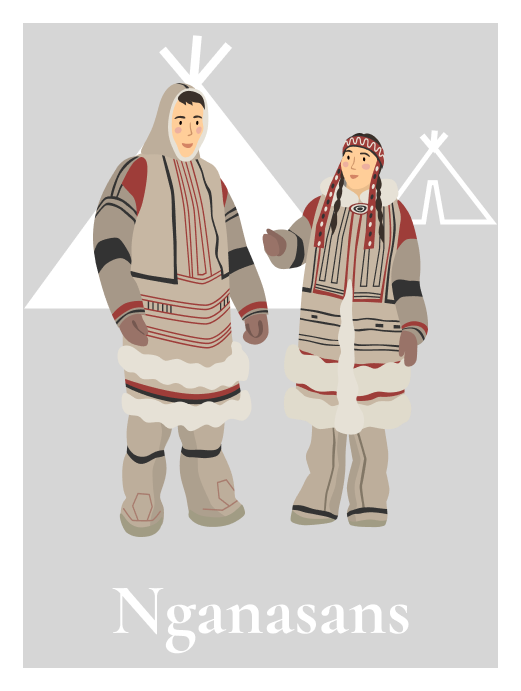
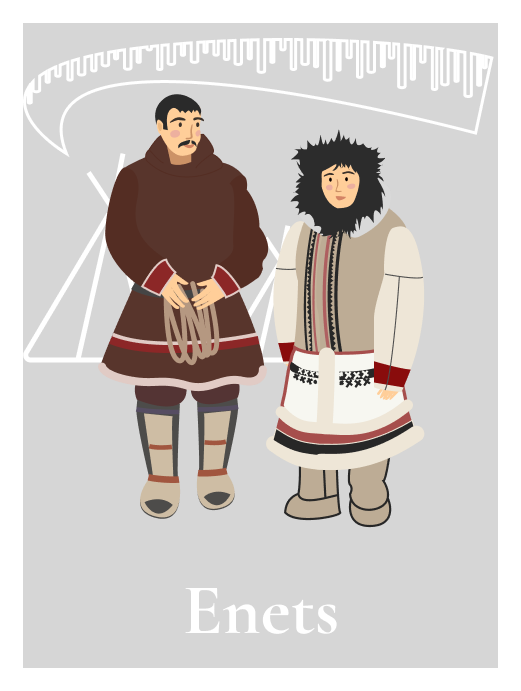
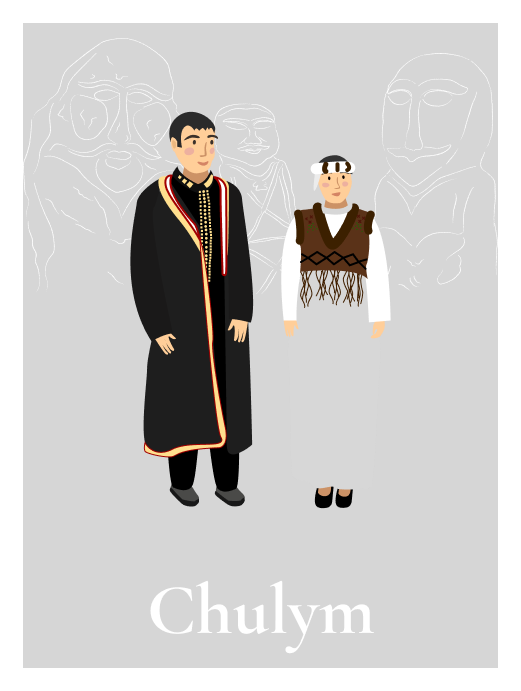
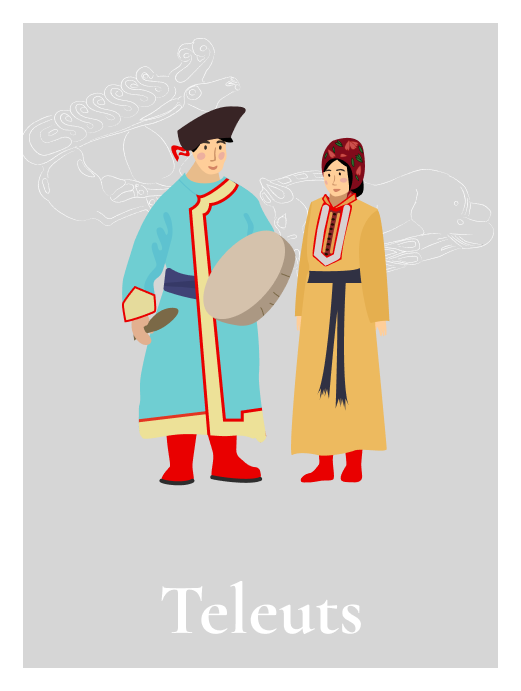


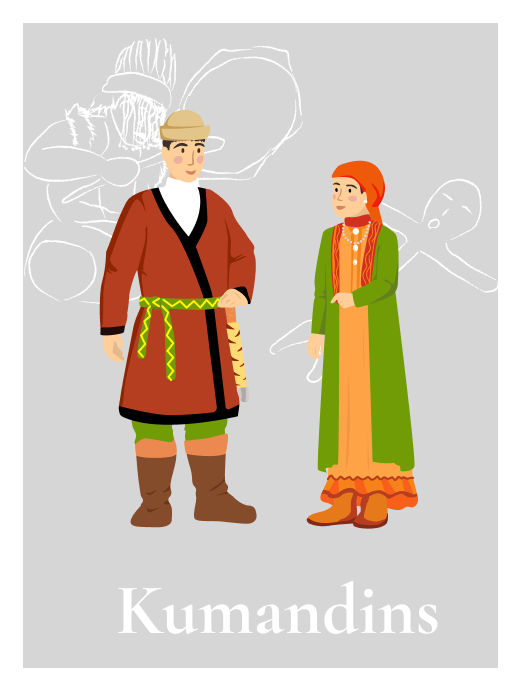

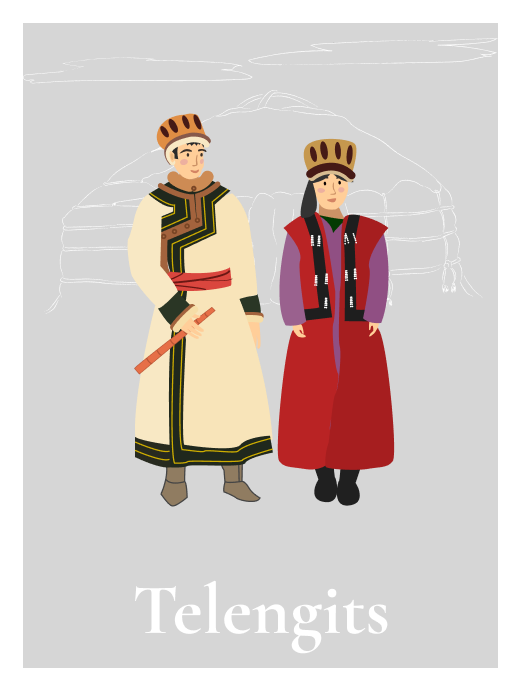

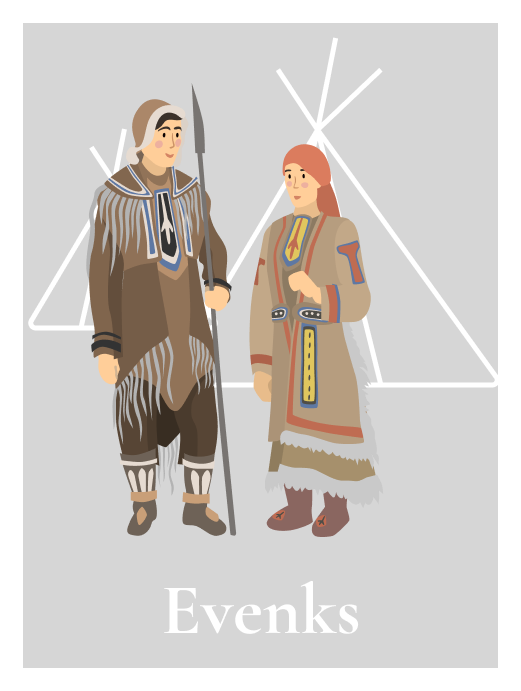
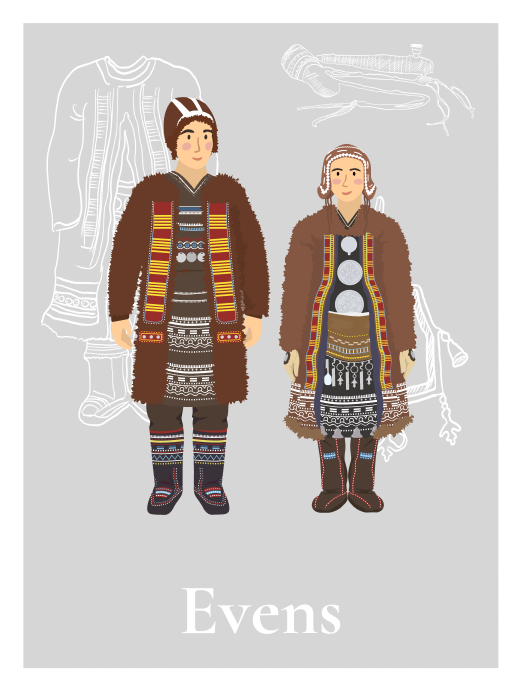
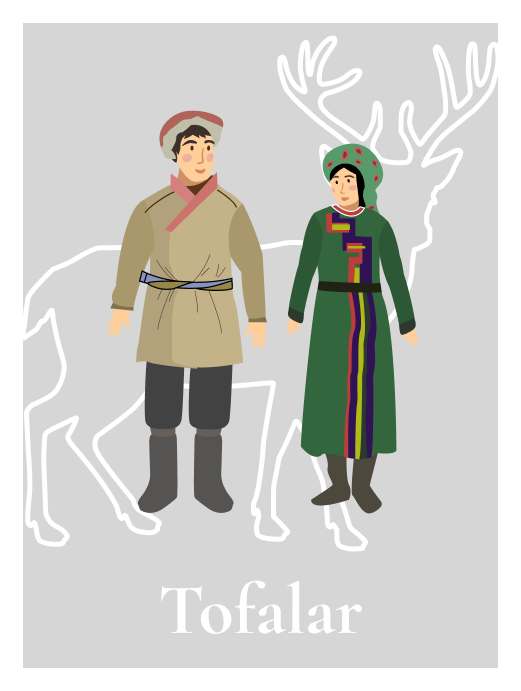
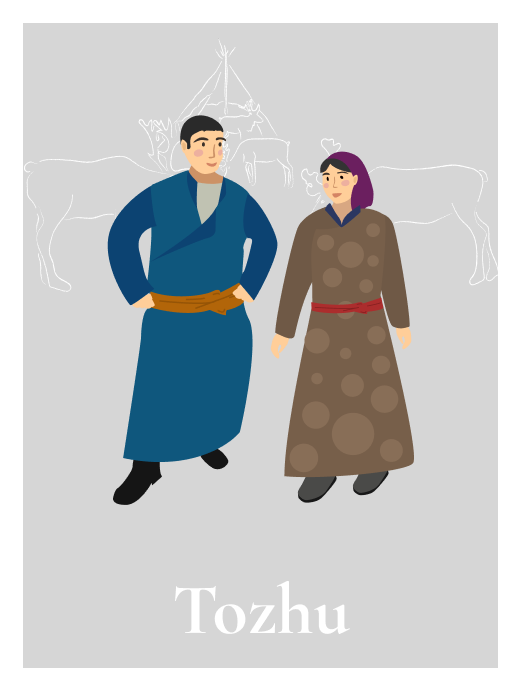
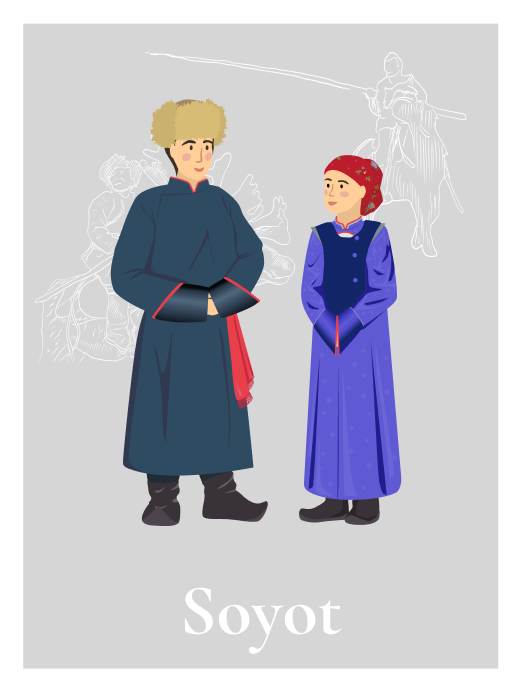
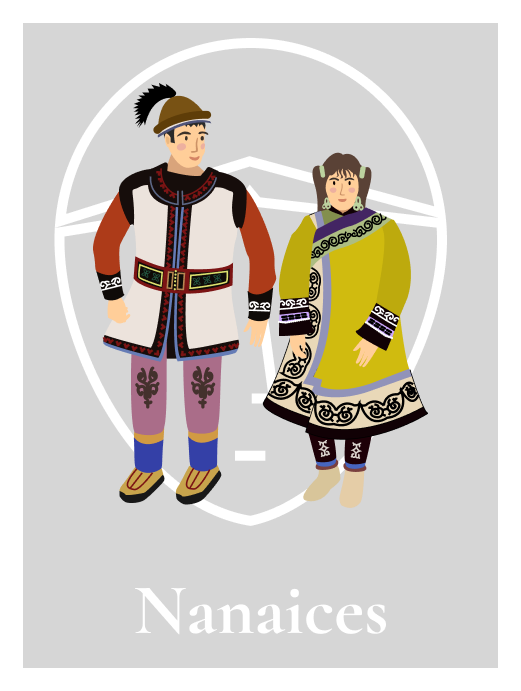
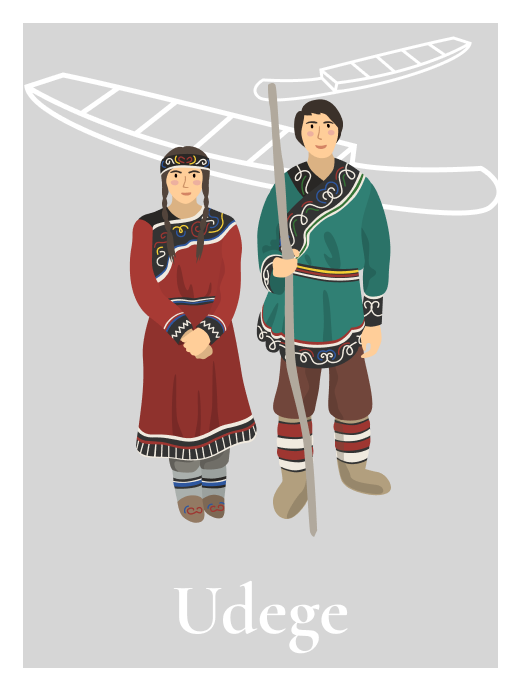

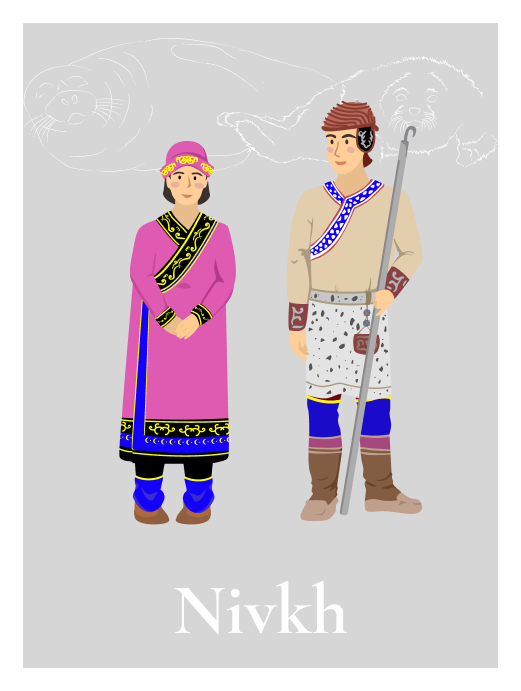
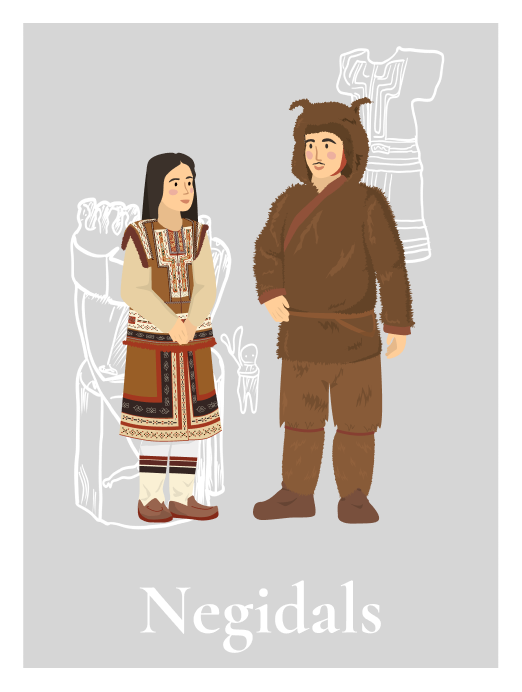
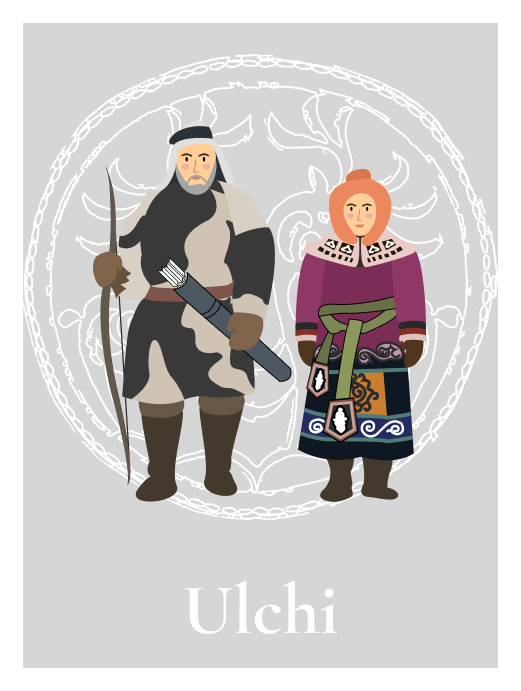


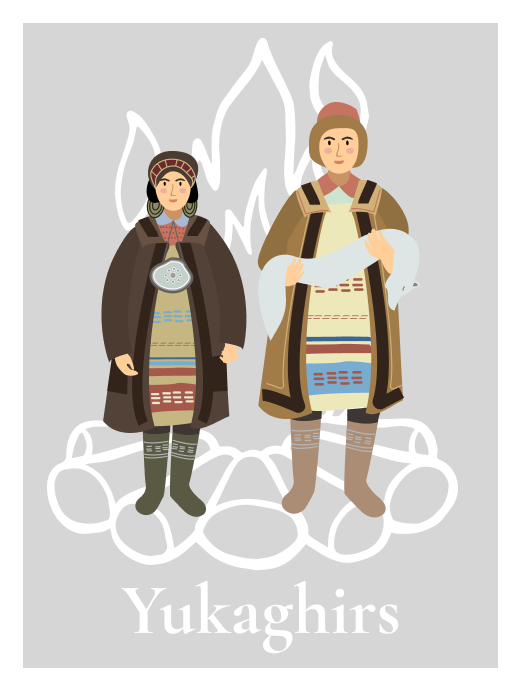
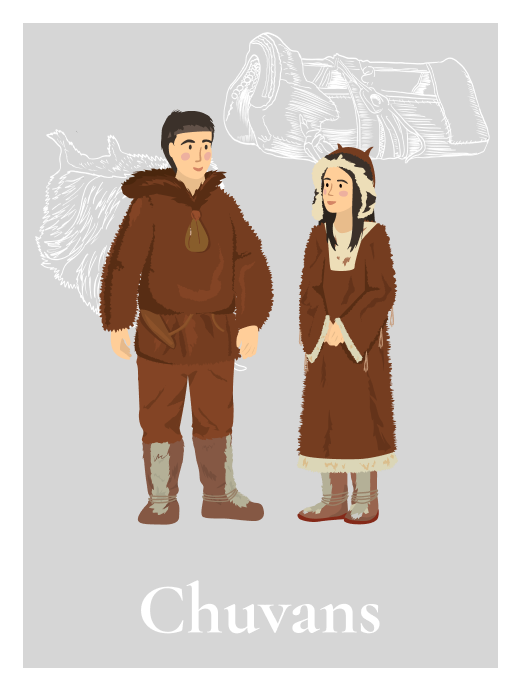
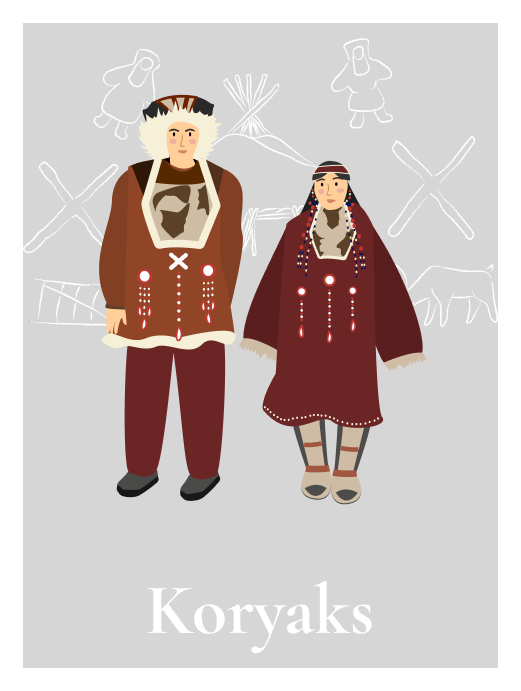

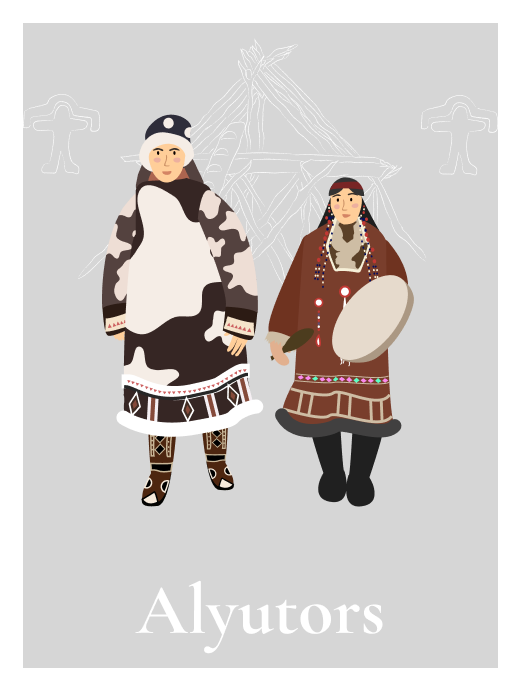


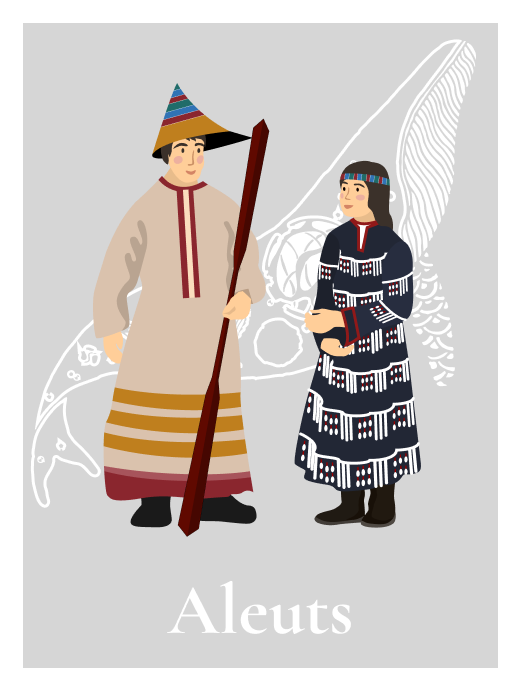

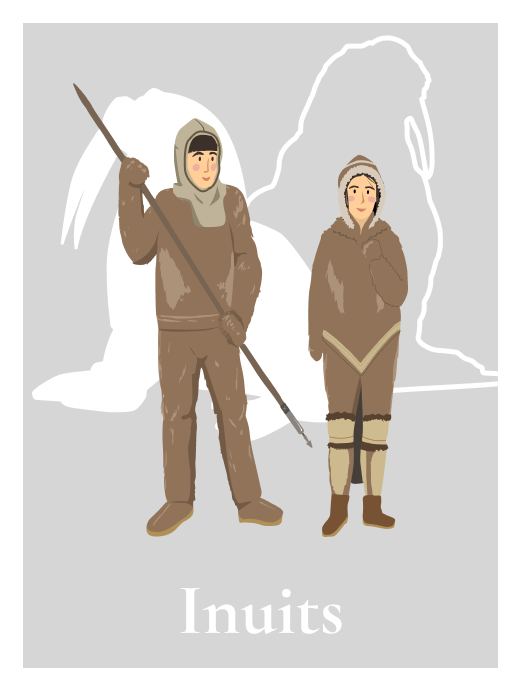
Kereks, whose endonym is Ankalakku (those living by the sea), belong to the Paleo-Siberian ethnic group – they are descendants of prehistoric dwellers of the Arctic, successors of the groups belonging to the Lakhtin culture who had lived along the ocean coast of Chukotka and Kamchatka since time immemorial. Judging on the archaeological data, numerous ancient Kerek settlements were scattered along the coast of the Bering Sea from the Anadyr estuary to the estuary of the River Opuka.
The traditional Kerek way of life was characterised by lack of one prevailing specialisation in economic activities. An equally essential part of their economic life was taken by hunting birds and small rodents, fishing in spawning rivers and lakes, gathering on the seashore and the tundra. In the past, hunting marine mammals might have taken priority, but as time went on, it was on a par with other trades in the supporting system of the Kerek community. It is worth noticing that, while reindeer herding became more popular, this type of economic activity did not take off with Kereks.
The traditional spiritual culture of Kereks was full of archaic beliefs – the cult of ancestors, the spiritualisation of natural phenomena and totem animals; rituals of remembrance in prayers and of gratitude. Some remains of Kereks’ cult sacrificial sites have come down to us – semicircles of walrus skulls with a whale jaw driven vertically into the ground. These sites were visited not only by Kereks, but also by the Chukchi and Koryaks in the past and served as the meeting ground for solving interethnic issues: for conducting seasonal rituals, for distributing hunting grounds and for making various agreements etc.